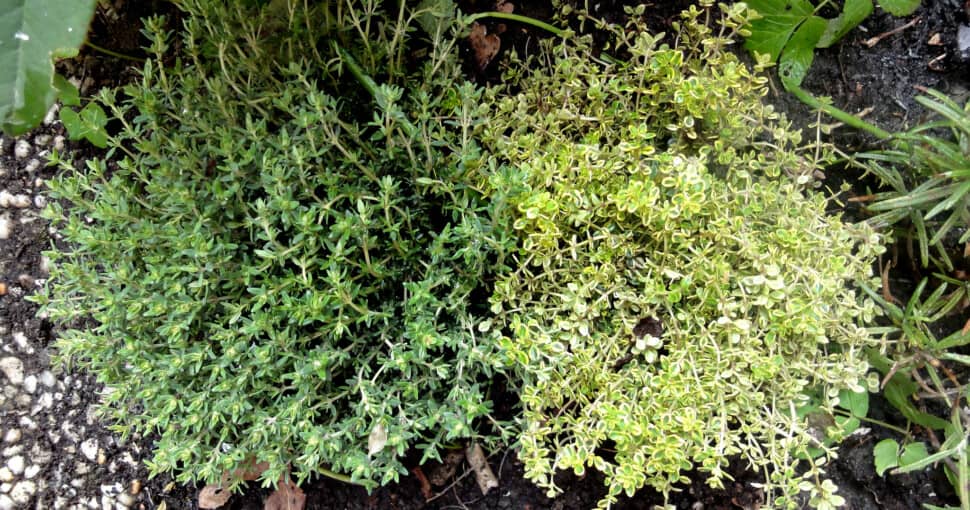Thyme has been used as a flavor for food and burned as incense in temples. It has been and still is a medically important herb that functions as an antibacterial, an antifungal, and has insecticidal properties. Despite the importance of thyme, it is not a large or showy plant.
Contents
There are more than two hundred different thyme species that vary slightly in appearance. Some, like woolly thyme, grow as ground covers, but most are six to twelve inches tall. Variegated thyme has green leaves with a delicate white edging.
Thyme produces small, white, pink, blue, or lavender flowers. Although these flowers are not large, they can make an impressive spectacle when thyme is planted in large groups.
Citrus thyme produces a wonderful scent of orange, lemon, or lime. The citrus thymes often have variegated leaves.
Thyme belongs to the mint family, which is an extensive plant division. There are many plants in the same family which look like thyme.
1. Rosemary
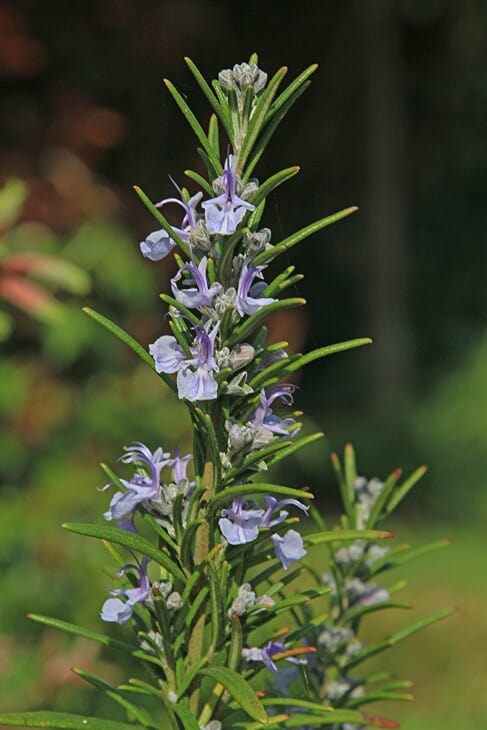
Rosemary (Salvia rosemarinus) is a member of the mint family. Like thyme, it is an aromatic shrub. It grows bigger than most thyme plants, reaching four to five feet, but most rosemary cultivars are one to two feet.
Rosemary is an evergreen plant with thin needle-type leaves that are green on the upper surface and white on the lower surface. The leaves have an upward growth pattern, exposing the undersurface of the leaves, giving the impression of a striped leaf. The small leaves are similar to thymus vulgaris, the thyme species most commonly used for cooking.
Rosemary produces small, deep blue or purple flowers, but some cultivars produce white or pink flowers. The plants bloom for long periods throughout spring, summer, and fall.
The mass of rosemary flowers against the backdrop of the green foliage is very similar to thyme. Rosemary is a hardy plant that is frost and drought resistant, making it a good plant for regions with extremes of temperature.
2. Tarragon
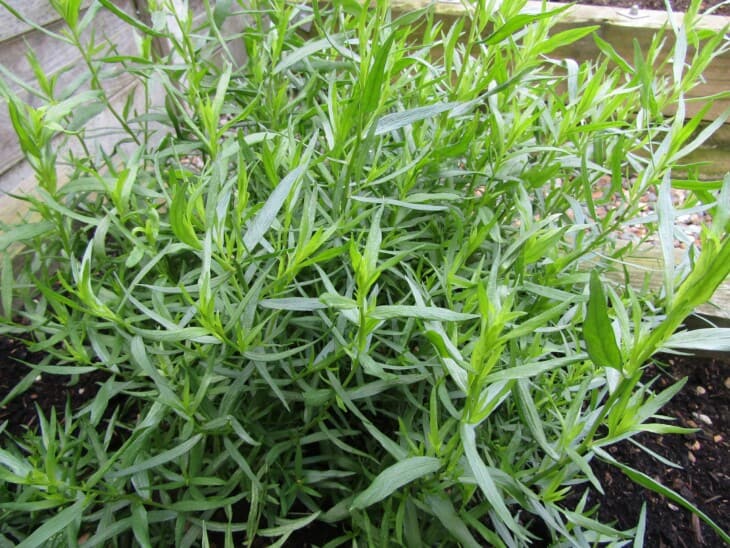
Tarragon (Artemisia dracunculus) is a herb in the Asteraceae family. It grows natively in Eurasia and North America. Tarragon grows to four to five feet tall.
Tarragon has slender lance-shaped leaves that are one to three inches long. Like thyme, tarragon’s grey-green leaves release a scent when crushed.
Tarragon flowers differ from thyme flowers in that they are yellowish-green. They are produced in dense clusters on the plant, similar to thyme blossoms.
Tarragon species may vary slightly in appearance, but the overall impression is of a shrub with small leaves and abundant flowers, making tarragon a good substitute for thyme.
3. Lavender
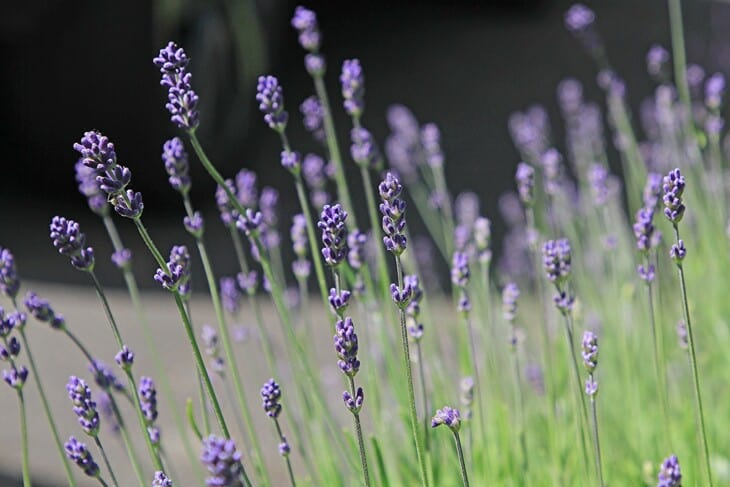
Lavender (Lavendula spp.) is a member of the mint family with over forty-seven species and many cultivars. It grows natively in northern and eastern Africa and many areas around the Mediterranean Sea.
Lavender grows to a height of one foot tall, making it closer in size to thyme. The species determine the shape of lavender leaves, but the leaves are always small and covered in fine hairs. The leaves vary from green to grey-green.
Lavender produces masses of blue, violet, lilac, yellow, or dark purple flowers. These are similar to thyme flowers. Lavender is most well-known for its pleasing fragrance, which arises from the flowers and the leaves.
Both lavender and thyme grow well in containers. Lavender needs well-drained soil in full sun to flourish.
4. Basil
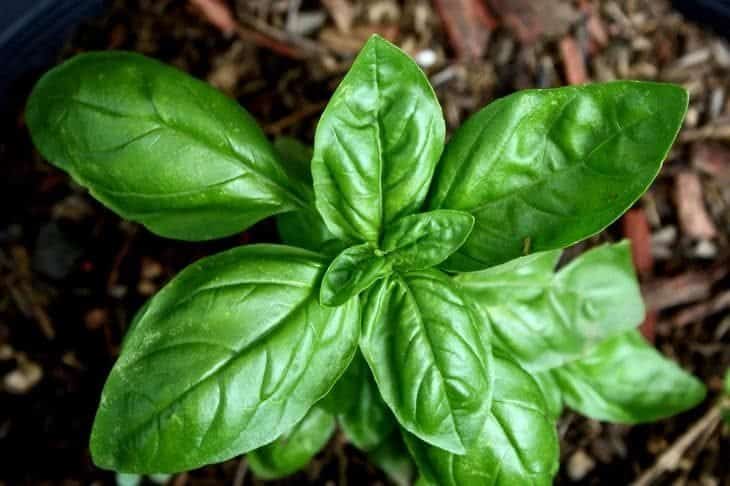
Basil (Ocimum basilicum) is another herb in the mint family that resembles thyme. Basil can be low-growing like thyme or reach heights of five feet depending on the species and cultivar.
Basil has broad leaves which more closely resemble citrus thymes than culinary thyme. Basil leaves are an intense glossy green with an upper surface textured by the leaf veins and midrib. Some basil cultivars, like African Blue, Camphor Basil, and Dark Opal Basil, have dark purple or almost black leaves.
Basil plants produce small white flowers on a spike that grows from the plant’s central stem. The leaves and flowers have a distinctive smell that varies according to the cultivar.
Basil is an annual plant but may be perennial in suitable climates. It is found growing throughout the world because of its popularity as a culinary herb.
5. Mint
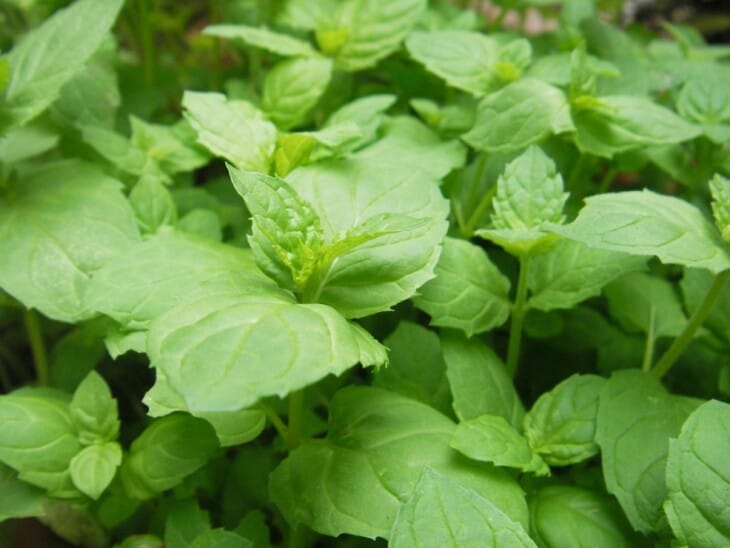
Not surprisingly, mint belongs to the Lamiaceae or mint family of plants. There are about twenty-four different species of mint with many cultivars. Mint is generally a low-growing shrub under half a foot in height, but some cultivars may be taller.
Mint has broad leaves, which may be glossy or heavily textured with easily apparent leaf veins and midribs. The color of the leaves varies according to the species. Spearmint has light green leaves, and peppermint has dark green leaves. The leaves are similar to the citrus-scented thyme species.
Mint plants produce spikes of lilac, white or pink flowers. Although the flowers are produced on a spike or raceme, the overall colors of mint are reminiscent of thyme.
6. Oregano
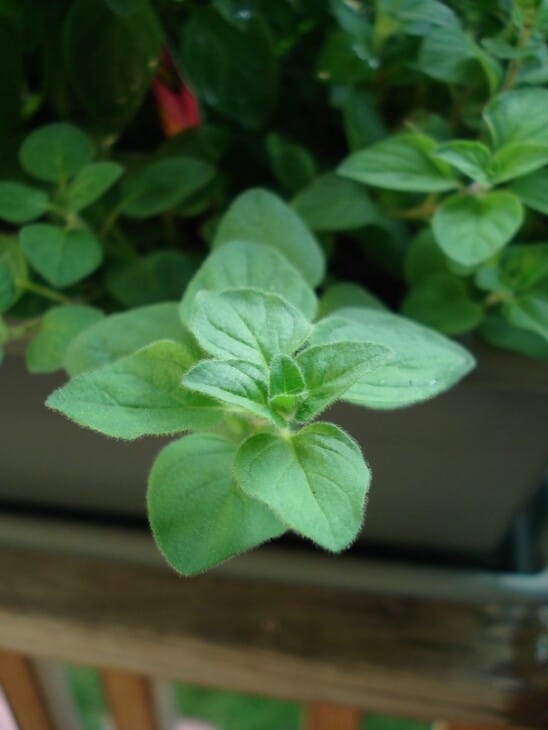
Oregano (Origanum vulgare) is another herb from the mint family similar to thyme. Oregano can be a similar size to thyme, about eight inches, or it can grow to more than thirty inches. It is sometimes called wild marjoram.
Oregano species have varying sizes and shaped leaves. Some oreganos have spade or heart-shaped leaves similar to citrus thyme, while others have very small leaves more closely resembling the culinary thyme species (Thymus vulgare).
The leaves may be glossy green or light dusky green, or any shades in between. Some species have hairy leaves. Oregano plants produce dense heads of small flowers at the end of a short stalk. The flowers are pink or purple, and the whole plant is aromatic.
7. Sweet Alyssum
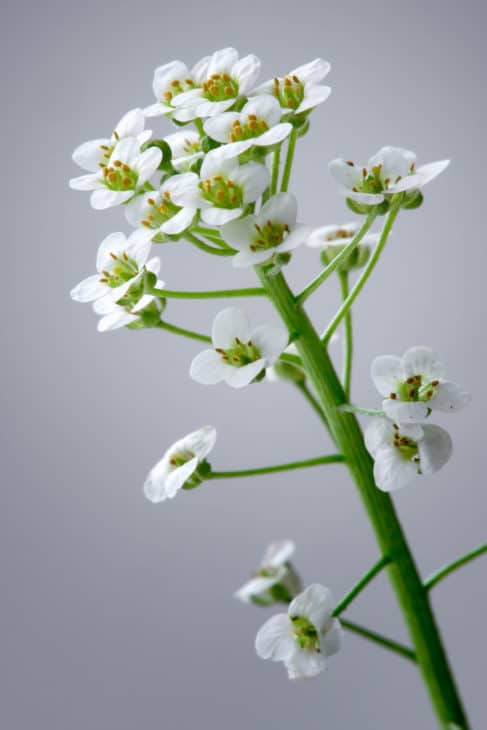
Sweet alyssum (Lobularia maritima) is a part of the Brassicaceae family. It is an annual plant that grows to a maximum of twelve inches, like thyme.
The leaves of sweet alyssum strongly resemble the small leaves of culinary thyme. The color of the leaves varies according to the cultivar but is some shade of green.
Sweet alyssum produces a bountiful supply of flowers throughout spring and summer. The tiny flowers may be white, pink, purple, or blue. They have a green or yellow center and have a sweet scent.
8. Portulaca
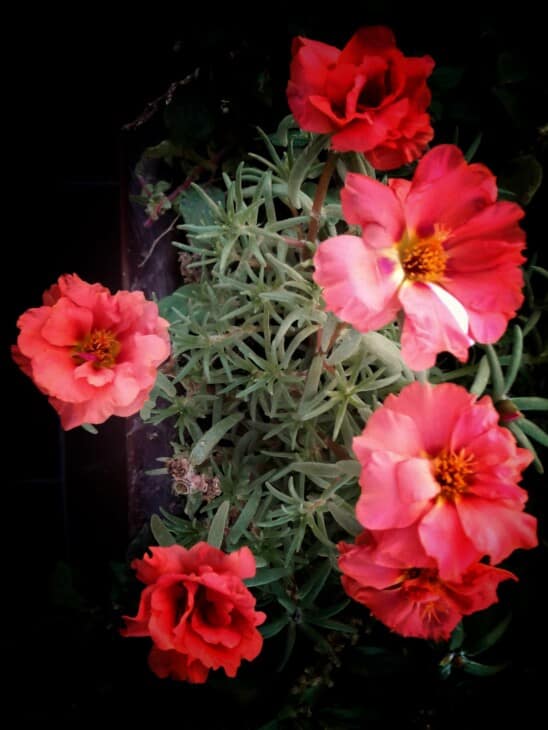
Portulaca is a flowering plant commonly known as purselane. It belongs to the family Portulacaceae and has many different species and cultivars.
Portulacas have leaves of varying appearance, but many cultivars strongly resemble culinary thyme with small leaves that cover the leaf stalk. Some portulacas have needle leaves, and others have broader leaves.
Portulaca leaves are thick and fleshy, resembling succulents. They are low-growing plants that are often used as ground cover.
Portulacas produced brightly-colored flowers that bejewel the carpet of green foliage. Unlike thyme, the flowers occur singly and are a larger, more complex structure than thyme blossoms.
9. Angelonia
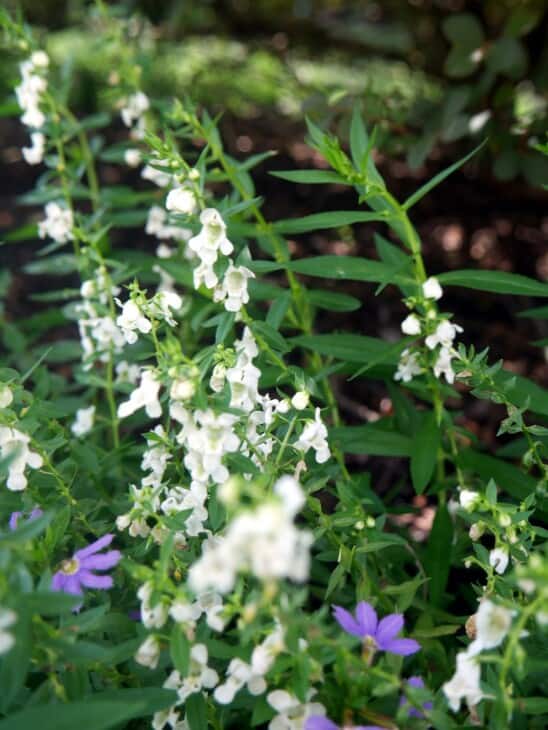
Angelonia belongs to the Plantaginaceae family and occurs indigenously in Mexico and Argentina. They are sometimes known as summer snapdragons.
Angelonia grows to one foot high, with a few cultivars slightly bigger. They have narrow green lance-shaped leaves with serrated margins.
Angelonia plants produce colorful flowers on a narrow spike. The flowers may be white, pink, blue, purple, or bi-colored. Like thyme, they are most impressive when planted in large numbers, close together. The flowers have an extended blooming season and produce a pleasant fragrance.
Angelonias are useful in a wildlife garden as they attract many birds and insects. They die off in winter but are easily grown from seed in the following spring.

